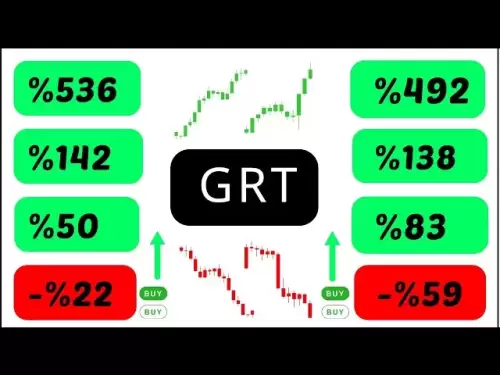-
 Bitcoin
Bitcoin $107,735.6569
1.76% -
 Ethereum
Ethereum $2,430.3849
-0.49% -
 Tether USDt
Tether USDt $1.0004
-0.02% -
 XRP
XRP $2.1999
-0.26% -
 BNB
BNB $647.6206
0.63% -
 Solana
Solana $144.6359
0.33% -
 USDC
USDC $0.9999
-0.02% -
 TRON
TRON $0.2728
-0.64% -
 Dogecoin
Dogecoin $0.1658
0.84% -
 Cardano
Cardano $0.5714
-2.17% -
 Hyperliquid
Hyperliquid $37.2174
0.11% -
 Bitcoin Cash
Bitcoin Cash $488.5114
7.12% -
 Sui
Sui $2.7756
0.31% -
 Chainlink
Chainlink $13.2168
-1.08% -
 UNUS SED LEO
UNUS SED LEO $9.0103
0.56% -
 Stellar
Stellar $0.2431
-1.96% -
 Avalanche
Avalanche $17.7244
-2.02% -
 Toncoin
Toncoin $2.8513
-0.93% -
 Shiba Inu
Shiba Inu $0.0...01166
0.72% -
 Litecoin
Litecoin $84.9034
-0.09% -
 Hedera
Hedera $0.1511
-2.46% -
 Monero
Monero $312.5351
-1.26% -
 Ethena USDe
Ethena USDe $1.0003
-0.03% -
 Polkadot
Polkadot $3.3981
-1.34% -
 Dai
Dai $0.9999
0.00% -
 Bitget Token
Bitget Token $4.3340
1.02% -
 Pi
Pi $0.6230
15.55% -
 Uniswap
Uniswap $7.0009
-1.17% -
 Pepe
Pepe $0.0...09665
-2.06% -
 Aave
Aave $258.0491
-3.06%
Three consecutive gaps must be pulled back? How to deal with different types of gaps?
Three consecutive gaps in crypto trading signal strong momentum, but whether they pull back depends on the gap type and market context.
Jun 25, 2025 at 11:00 am
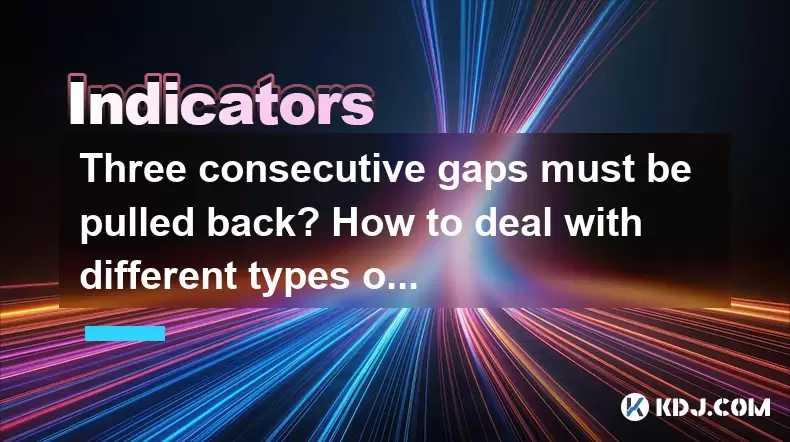
Understanding Gaps in Cryptocurrency Trading
In the world of cryptocurrency trading, price gaps are common occurrences due to the market's 24/7 nature. A gap refers to a situation where the price of an asset jumps from one level to another without any trading occurring in between. These gaps can appear on charts as empty spaces and often occur after significant news events, regulatory changes, or sudden shifts in market sentiment.
Gaps are typically categorized into four types: common gaps, breakaway gaps, runaway (measuring) gaps, and exhaustion gaps. Each type carries different implications for traders and investors. It is crucial to understand these distinctions to make informed decisions when facing multiple gaps in succession.
What Happens When Three Consecutive Gaps Appear?
When three consecutive gaps appear on a chart, especially within a short time frame, it raises questions about whether they will be pulled back or filled. The concept of a gap being "filled" means that the price eventually returns to the level before the gap occurred.
Three consecutive gaps may suggest strong momentum in one direction. However, this does not guarantee that all gaps must necessarily be pulled back. In fact, some gaps—especially breakaway gaps—are rarely filled because they signify the start of a new trend. Traders should evaluate each gap’s context rather than assuming automatic pullbacks.
How to Identify and Categorize Different Types of Gaps
To effectively handle gaps, it's essential to identify their type:
- Common Gaps: These are small gaps that occur frequently and usually get filled quickly. They lack significance and often appear in sideways markets.
- Breakaway Gaps: These signal the beginning of a new trend. They are accompanied by high volume and usually don’t get filled soon after formation.
- Runaway Gaps: Also known as measuring gaps, these occur midway through a trend and indicate continued momentum. They act as confirmation of the ongoing trend.
- Exhaustion Gaps: These appear near the end of a trend and often precede a reversal. They are usually followed by a rapid price movement in the opposite direction.
Identifying the gap type involves analyzing volume, price action, and market context. For example, if a gap appears after a long uptrend with unusually low volume, it might be an exhaustion gap.
Strategies for Dealing with Common Gaps
Common gaps are the easiest to trade since they tend to close relatively quickly. Here’s how you can approach them:
- Look for a gap that appears in a consolidation phase or during low volatility.
- Wait for the price to move back toward the gap area.
- Set a limit order near the gap zone to enter a position in the direction of the expected pullback.
- Place a stop-loss just beyond the gap to manage risk.
- Target the previous support or resistance level once the gap is filled.
Because these gaps are frequent and predictable, many traders use them for short-term scalping strategies.
Handling Breakaway and Runaway Gaps
Breakaway and runaway gaps are more complex and require a different strategy:
- After identifying a breakaway gap, consider entering a trade in the direction of the breakout.
- Use volume confirmation—if the gap occurs with a spike in volume, it strengthens the validity of the breakout.
- Place a stop-loss below the previous consolidation zone or key support level.
- For runaway gaps, look to add to existing positions or initiate new ones once the gap confirms continued momentum.
- Always monitor the distance traveled from the original breakout point; runaway gaps often appear halfway through a trend.
These types of gaps are not meant to be traded for immediate pullbacks but rather as opportunities to ride the emerging or continuing trend.
Managing Exhaustion Gaps and Avoiding False Signals
Exhaustion gaps can be deceptive. They often appear after extended moves and mimic runaway gaps but lead to reversals instead. To avoid false signals:
- Watch for signs of weakening momentum such as lower volume compared to earlier gaps.
- Observe candlestick patterns at the gap area—spinning tops or dojis can indicate indecision.
- Enter trades only after confirming the reversal with additional indicators like RSI or MACD.
- Consider using options or futures contracts to hedge against unexpected reversals triggered by exhaustion gaps.
Timing is critical when dealing with exhaustion gaps. Entering too early can result in losses, while waiting for confirmation may reduce profit potential.
Frequently Asked Questions
Q1: Can gaps in cryptocurrency markets be predicted?
While gaps cannot be predicted with certainty, traders can anticipate them by monitoring major news events, regulatory announcements, and macroeconomic factors that influence crypto prices.
Q2: Do all gaps eventually get filled?
No, not all gaps get filled. Breakaway and runaway gaps often remain unfilled, especially if they align with strong trends. Only common and exhaustion gaps are more likely to see price return to pre-gap levels.
Q3: Is it safe to trade gaps on low liquidity exchanges?
Trading gaps on low liquidity exchanges can be risky due to slippage and unreliable price data. It’s advisable to focus on major exchanges with higher trading volumes to ensure accurate execution and reliable gap identification.
Q4: How can I distinguish between a runaway gap and an exhaustion gap?
A runaway gap appears mid-trend with strong volume and supports continuation, while an exhaustion gap shows up at the end of a trend with weak volume and is often followed by a reversal.
Disclaimer:info@kdj.com
The information provided is not trading advice. kdj.com does not assume any responsibility for any investments made based on the information provided in this article. Cryptocurrencies are highly volatile and it is highly recommended that you invest with caution after thorough research!
If you believe that the content used on this website infringes your copyright, please contact us immediately (info@kdj.com) and we will delete it promptly.
- Bitcoin, Dogecoin, Ethereum: Decoding the Crypto Buzz
- 2025-06-26 04:25:12
- Jupiter (JUP) Price: Downtrend in Danger? Trend Shift Watch!
- 2025-06-26 04:25:12
- Coinbase, Shares, and Stablecoins: Riding the Crypto Wave
- 2025-06-26 04:30:12
- Ethereum, ZK-Powered Bridges, and Cross-Chain Liquidity: A New Era?
- 2025-06-26 02:45:13
- Ruvi AI: The Breakout Star That Could Outshine Tron in 2025?
- 2025-06-26 02:45:13
- BlockDAG's Airdrop Revolution: Rewarding Builders, Not Just Holders
- 2025-06-26 03:50:12
Related knowledge
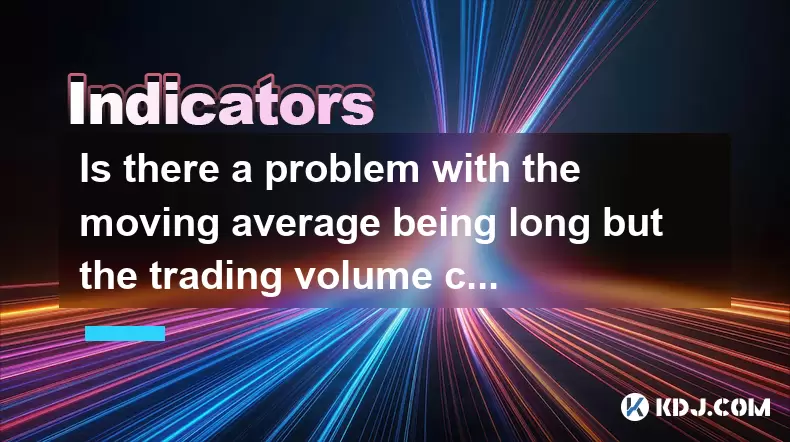
Is there a problem with the moving average being long but the trading volume continues to decline?
Jun 26,2025 at 02:42am
Understanding the Concept of Moving Averages in Cryptocurrency TradingIn cryptocurrency trading, moving averages are one of the most commonly used technical indicators. They help traders identify trends by smoothing out price data over a specific period. When the moving average is described as 'long,' it typically refers to longer timeframes such as the...
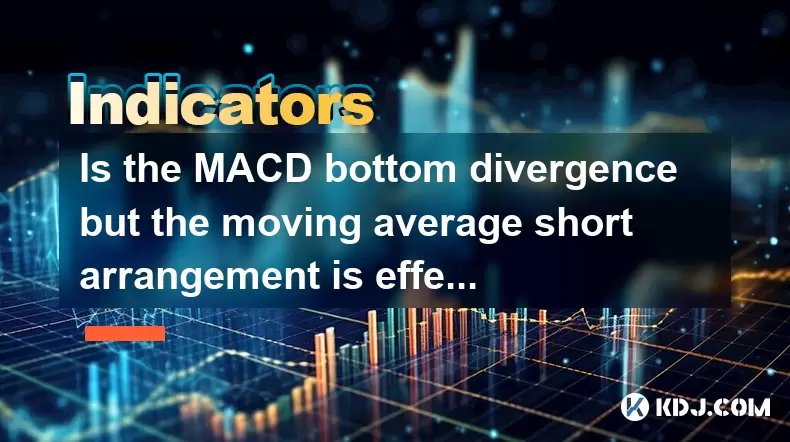
Is the MACD bottom divergence but the moving average short arrangement is effective?
Jun 26,2025 at 02:01am
Understanding MACD Bottom DivergenceMACD bottom divergence is a technical analysis concept used to identify potential trend reversals in cryptocurrency price charts. When the price makes a lower low, but the MACD line forms a higher low, it suggests that downward momentum is weakening, potentially signaling a bullish reversal. In the context of cryptocu...
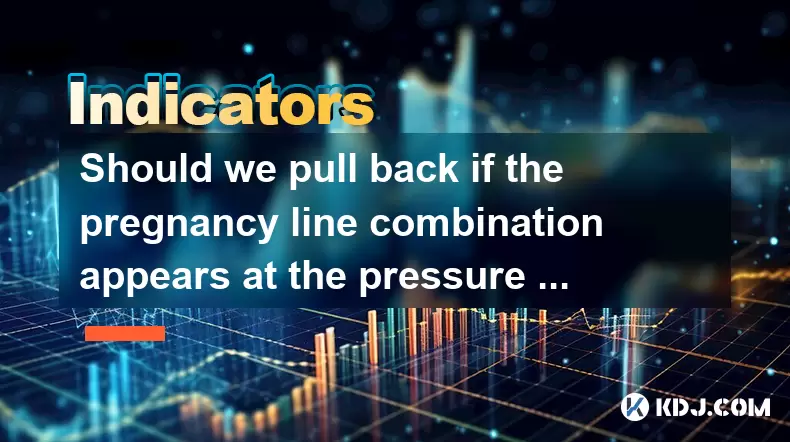
Should we pull back if the pregnancy line combination appears at the pressure level?
Jun 26,2025 at 03:00am
Understanding the Pregnancy Line in Technical AnalysisThe pregnancy line, also known as the Harami pattern, is a significant candlestick formation used by traders to identify potential reversals or continuations in price trends. This pattern consists of two candles: the first being a large-bodied candle, and the second a smaller-bodied candle that is co...

Can we buy the bottom when the volume is reduced and the price is pulled back to the support level?
Jun 26,2025 at 02:15am
Understanding the Concept of Buying the BottomThe idea of buying the bottom refers to entering a trade at what appears to be the lowest point in a price decline. In the context of cryptocurrency trading, this often involves analyzing support levels, price pullbacks, and volume behavior to identify potential reversal points. Traders seek to purchase asse...
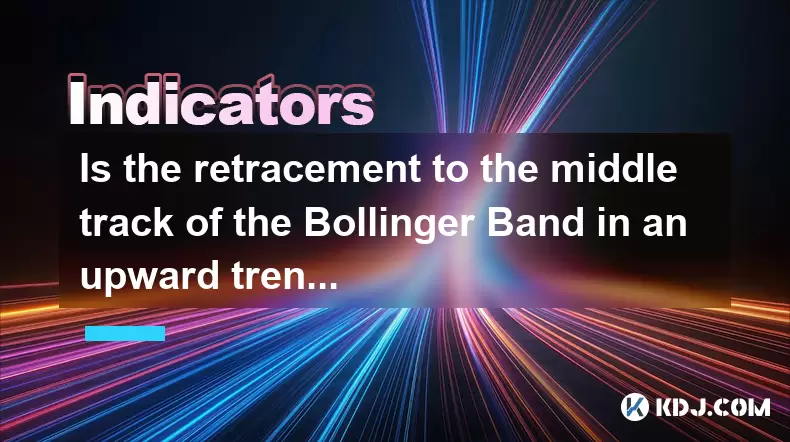
Is the retracement to the middle track of the Bollinger Band in an upward trend a buying opportunity?
Jun 26,2025 at 03:15am
Understanding the Role of Smart Contracts in Decentralized Finance (DeFi)Smart contracts are self-executing agreements with the terms directly written into code. These contracts automatically execute actions when predetermined conditions are met, eliminating the need for intermediaries. In decentralized finance (DeFi), smart contracts form the backbone ...

Is the long Yin followed by a shrinking cross star in a downward trend a downward relay?
Jun 26,2025 at 02:21am
Understanding the Long Yin Candlestick PatternIn technical analysis, the long Yin candlestick pattern is a bearish signal that typically appears during a downtrend. It features a long red (or black) body with little to no upper or lower shadows, indicating strong selling pressure throughout the trading session. This pattern reflects intense bear dominan...

Is there a problem with the moving average being long but the trading volume continues to decline?
Jun 26,2025 at 02:42am
Understanding the Concept of Moving Averages in Cryptocurrency TradingIn cryptocurrency trading, moving averages are one of the most commonly used technical indicators. They help traders identify trends by smoothing out price data over a specific period. When the moving average is described as 'long,' it typically refers to longer timeframes such as the...

Is the MACD bottom divergence but the moving average short arrangement is effective?
Jun 26,2025 at 02:01am
Understanding MACD Bottom DivergenceMACD bottom divergence is a technical analysis concept used to identify potential trend reversals in cryptocurrency price charts. When the price makes a lower low, but the MACD line forms a higher low, it suggests that downward momentum is weakening, potentially signaling a bullish reversal. In the context of cryptocu...

Should we pull back if the pregnancy line combination appears at the pressure level?
Jun 26,2025 at 03:00am
Understanding the Pregnancy Line in Technical AnalysisThe pregnancy line, also known as the Harami pattern, is a significant candlestick formation used by traders to identify potential reversals or continuations in price trends. This pattern consists of two candles: the first being a large-bodied candle, and the second a smaller-bodied candle that is co...

Can we buy the bottom when the volume is reduced and the price is pulled back to the support level?
Jun 26,2025 at 02:15am
Understanding the Concept of Buying the BottomThe idea of buying the bottom refers to entering a trade at what appears to be the lowest point in a price decline. In the context of cryptocurrency trading, this often involves analyzing support levels, price pullbacks, and volume behavior to identify potential reversal points. Traders seek to purchase asse...

Is the retracement to the middle track of the Bollinger Band in an upward trend a buying opportunity?
Jun 26,2025 at 03:15am
Understanding the Role of Smart Contracts in Decentralized Finance (DeFi)Smart contracts are self-executing agreements with the terms directly written into code. These contracts automatically execute actions when predetermined conditions are met, eliminating the need for intermediaries. In decentralized finance (DeFi), smart contracts form the backbone ...

Is the long Yin followed by a shrinking cross star in a downward trend a downward relay?
Jun 26,2025 at 02:21am
Understanding the Long Yin Candlestick PatternIn technical analysis, the long Yin candlestick pattern is a bearish signal that typically appears during a downtrend. It features a long red (or black) body with little to no upper or lower shadows, indicating strong selling pressure throughout the trading session. This pattern reflects intense bear dominan...
See all articles























